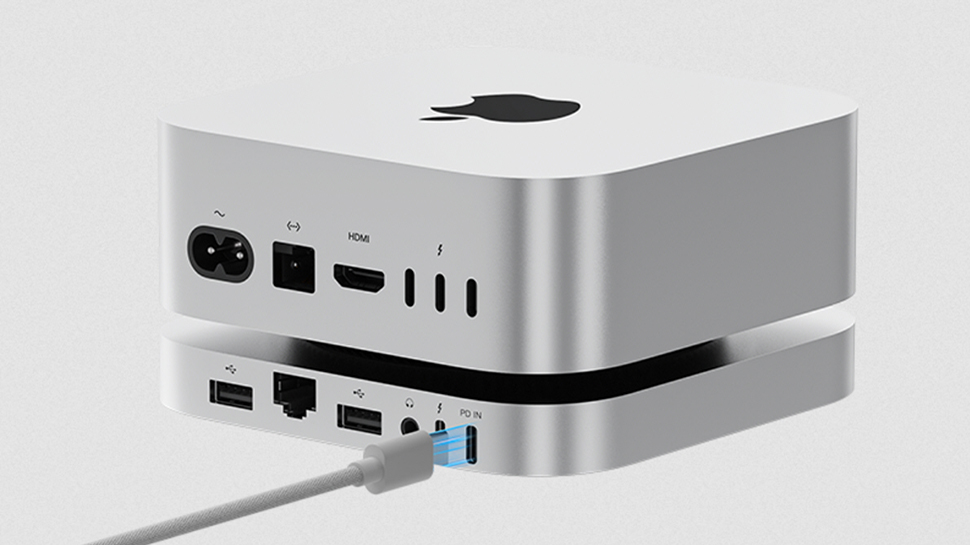There’s a Fascinating Hidden Reason That So Many High-Earning Tech Workers Are Getting Laid Off Now
A little-known change to the tax code during Donald Trump's first presidency seems to be the driving factor behind all those tech layoffs over the past few years. As Quartz reports, a 2017 change to a 70-year-old tax law governing business spending did not go into effect until 2022 — and three years after its commencement, we can see how harmful that move was. Back in 1954, the Internal Revenue Service enacted Section 174, a rule that let companies deduct 100 percent of their research and development (R&D) spending, including salaries for the people involved in it. As Quartz notes, companies […]


A little-known change to the tax code during Donald Trump's first presidency just might be the driving factor behind all those tech layoffs over the past few years.
As Quartz reports, a 2017 change to a 70-year-old tax law governing business spending didn't go into effect until 2022 — and three years after it finally did, we can see how harmful the move was.
Back in 1954, the Internal Revenue Service enacted Section 174, a rule that let companies deduct 100 percent of their research and development (R&D) spending, including salaries for the people involved in it. As Quartz notes, companies like Microsoft and Apple were built upon a tax system that rewarded R&D by allowing all such expenditures to count as write-offs — a system that Trump quietly dismantled at the start of his first stint in the White House.
The president's Tax Cuts and Jobs Act (TCJA) of 2017 was perhaps most infamous for slashing corporate taxes from 35 percent to 21. To offset the money lost from those massive cuts and comply with the Senate's budget rules, Congressional Republicans quietly added various rate hikes to the bill that wouldn't kick in until later, and nixing Section 174's 100 percent R&D write-off was one such tactic.
Under the TCJA, companies began in 2022 to be forced to amortize, or spread out, their R&D deductions over a period of five to 15 years rather than doing so all at once. Tech companies that once were able to write off their developers' salaries wholesale were suddenly forced to foot them. According to Layoffs.fyi, more than 500,000 tech workers lost their jobs since 2023 — and that rule change, Quartz notes, is likely the biggest reason why.
While one would think that such an impactful change to the tax code would be well-publicized, the move inspired little more than cricket sounds as artificial intelligence and over-hiring during the start of the COVID-19 pandemic took the blame.
"I work on these tax write-offs and still hadn’t heard about this," one chief operating officer told Quartz. "It’s just been so weirdly silent."
Earlier this year, a bipartisan group of lawmakers launched, for the second time, a bill to reverse the TCJA's amortization rule. The so-called American Innovation and R&D Competitiveness Act, which was co-sponsored by nearly 70 members of Congress and backed by a wide swath of tech industry types ranging from crypto bros to CFOs, seeks to change Rule 174 back before year's end in hope of reversing the damage from the TCJA addendum.
Regardless of the new bill's chances of passage, however, it's already too late for the hundreds of thousands of tech workers who lost their jobs due to the rule change — or to undo the AI pivot that it may well have inspired.
More on tech labor: "Learn to Code" Backfires Spectacularly as Comp-Sci Majors Suddenly Have Sky-High Unemployment
The post There’s a Fascinating Hidden Reason That So Many High-Earning Tech Workers Are Getting Laid Off Now appeared first on Futurism.












































































































































































.mp4)




















